Have you had a previous breast surgery with non-ideal results?
As with any other breast surgery procedure involving breast implants, incisions, scarring and changing skin; there can be a need for revision. Time, genetics, body structure, implant size, type of implant are all factors that can lead a woman to opt for breast enhancement surgery. Studies have shown that 25% of all women who have cosmetic breast surgery will want additional surgery within three to five years of their initial procedure. Revision breast surgery can be extremely complicated and should only be trusted in the hands of a specialist and expert. Dr. Mashhadian has the expertise and the experience to address any concerns with patience and diligence to surgically correct issues related to breast implants.
Breast Revision in Beverly Hills
Whether you have had your breast implants for the suggested 10-year period and are ready for a swap, have the desire to go from saline to silicone or vice-versa, in need of a lift or repositioning of the nipple due to breast atrophy or you’re just unhappy with your previous procedure, Rodeo Surgical Art is here to guide you through every step to the best possible result in breast revision surgery.
Breast revision is a delicate process because you are dealing with changing breast tissue mass as well as maintaining a natural appearance and sustaining sensitivity. Dr. Mashhadian has privileges in multiple surgical facilities in Beverly Hills, Encino, Thousand Oaks, Oxnard, Rancho Cucamonga, and Inland Empire.
There are several reasons to perform a breast revision surgery based on the implants alone. These include capsule contracture, ruptured implant, rippling, bottoming out and more.
Breast Revision Surgery for Capsule Contracture
Capsular contracture, also commonly known as scar formation within the pocket, is one of the most popular reasons for patients to seek treatment. This excess of scar tissue will become noticeable and cause hardening of the breast implant, inability for the implant to move within the pocket and at its final stage creates a noticeable and unsightly aesthetic result.
The capsule is formed with three elements – collagen, fibroblast and blood vessels. Capsular contractor risk is increased with smoking, hematoma, seroma and subglander placement. Current research also indicates that capsular contracture may be associated with micro contamination, the bacterium staphylococcus aureus, staphylococcus epidermis and may also be linked to an inflammatory process. Removal of the capsule often occurs with the replacement of the implant concurrently. The medical classification ranges from Baker Grade I-IV with Baker Classification as the most popular.
- Grade I: Soft, implants move within pocket freely
- Grade II: Palpable hardening, no visible changes
- Grade III: Palpable hardening and visible changes
- Grade IV: Palpable hardening and visible changes, deformity, and discomfort
There are various methods of treatment such as medical and surgical options. These include Herbal treatments, medications such as Accolate, and surgical treatments such as Closed or Open Capsulotomy or Capsulectomy. Your visit with Dr. Mashhadian and the renowned Rodeo Surgical Art will be custom-tailored towards the best treatment options for you.
A ruptured implant is a common complication and can cause deflation or leakage along with a need to change the breast implant. Dr. Mashhadian is an expert in ruptured implant breast revision surgery.
Saline breast implant rupture may occur either slowly or rapidly causing immediately visible deflation. Silicone implant leakage may be more challenging to detect and may require an MRI image because this is so critical to a patient’s health.
Dr. Mashhadian recommends the removal and replacement of the ruptured or deflated implants as soon as possible. At a minimum, within 2 weeks of discovery to prevent pocket changes and decrease the chance of scar formation.
Rippling appears as wrinkles under the breast skin and surrounding the implant cause unsightly marks and lines, as well as a look of aging. This is most commonly associated with saline and textured breast implants and may easily be corrected by converting saline implants to silicone breast implants.
Consultations available now
Simply fill out the form on this page, and one of our highly trained medical staff at Rodeo Surgical Art will reach out to you promptly to schedule your consultation.
BEFORE & AFTER GALLERY
*Individual Results May Vary
Dr. Mashhadian’s goals for his cosmetic surgery practice are of the highest and greatest. Our cosmetic surgeon believes that his attention to detail and an eye for aesthetic beauty are his tools for creating beauty and symmetry.
See the results for yourself – click below to view before & after images from surgical and non-surgical procedures performed by Dr. Mashhadian himself.
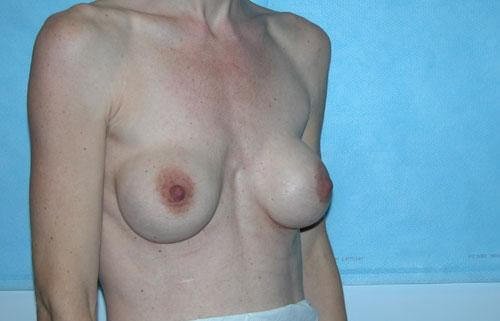
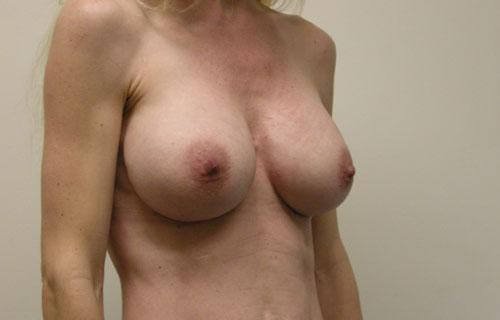
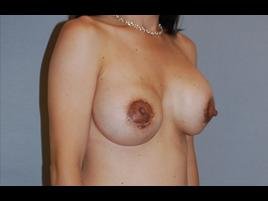

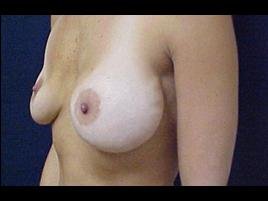
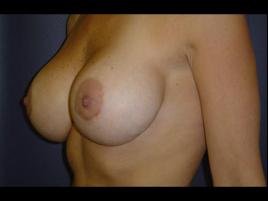


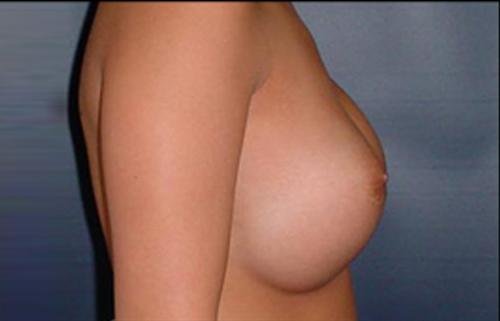

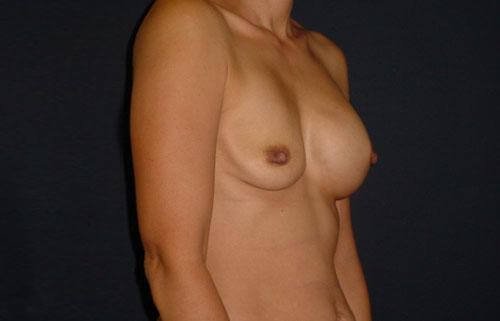
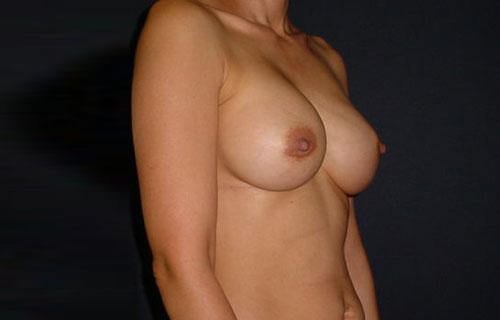
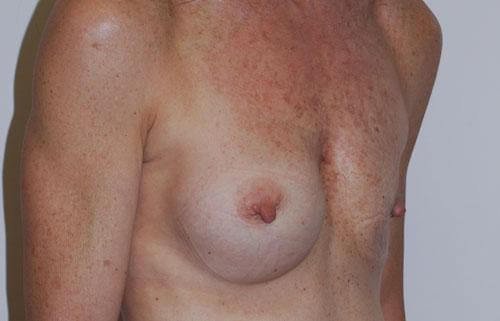
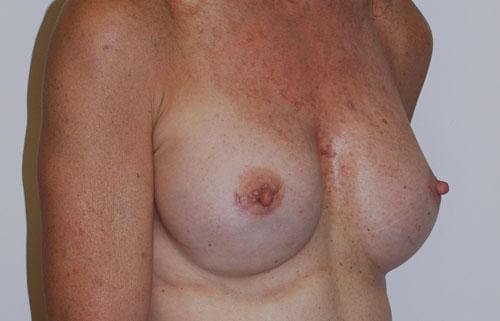
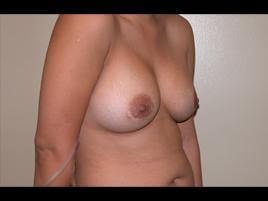
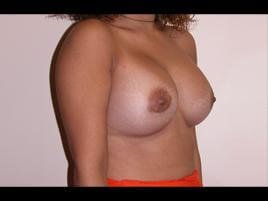
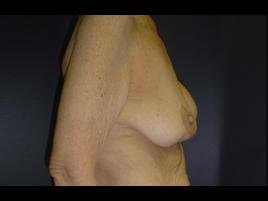



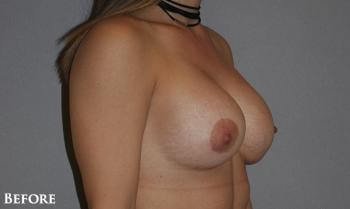


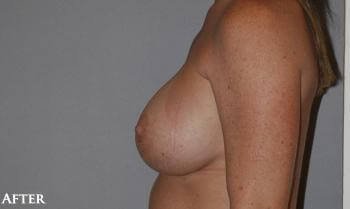
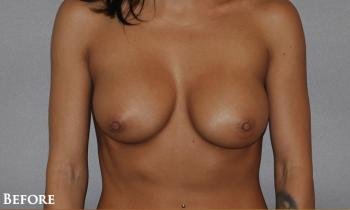
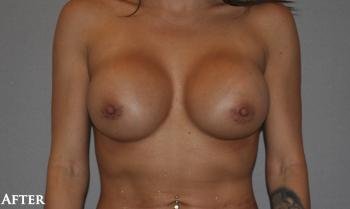
Breast Revision Surgery for Size Change
Desire to change size, shape, or to switch from saline to silicone or vice versa are other reasons patients seek out breast revision surgery. Though women considering a reduction in size should keep in mind that there may be possible undesirable effects to consider, Dr. Mashhadian will go over all the possible pros and cons of this procedure during your in-person consultation. In some cases, due to larger and heavier implants, the breasts may have been unable to support the weight of the implants and result in the need for Mastopexy or breast lift to correct the appearance of sagging.
Bottoming Out is a term used when the implants are sitting too low on the chest. This may be the result of a surgical problem, or overtime the implant stretching the supporting tissue structure. Surgical correction is challenging but the only option to correct this issue. Bottoming Out is corrected by performing a capsulorrhaphy where placements of sutures are used to recreate a new inframammary fold.
Breast Revision Surgery for Double Bubble Breast Deformity
Double Bubble Breast Deformity is a post-surgical complication after breast augmentation wherein the implants drop behind natural fold or the inframammary fold, rather than forward to the fold creating an unnatural indentation.
Some patients such as those who have selected breast implants that are too large have had poorly positioned implants, or women with tuberous breasts (those with limited distance between the nipple and breast fold) are at a greater risk of developing double bubble deformity.
Dr. Mashhadian’s approach to correcting this deformity includes: reposition the breast fold, surgical release of any scar tissue in the lower aspect of the implant pocket, along with treatment of capsular contracture as needed, removal and replacement of implant with appropriated implant and size, and necessitating mastopexy or breast lift.
Breast Revision Surgery for Symmastia
Symmastia, also known as “una-boob”, is a condition when the breast implants sit too close together at the sternum, the midline of the chest. This is one of the more challenging deformities to correct. This condition is usually associated with over-aggression surgical release of the chest muscle, the pectoris. Dr. Mahhadian may have to perform one or a combination of surgical treatments to correct this condition; these may include capsulorrhaphy, onlay AlloDerm graft, change of pockets, change from saline to silicone, as well as size and profile on the implant.
PATIENT TESTIMONIALS
*Individual Results May Vary





Take the First Step
Request A Consultation
Simply fill out the form on this page and one of our medical staff at Rodeo Surgical Art will be in touch with you promptly. You can also call our Beverly Hills office directly to schedule 310-652-4500.
Rodeo Surgical Art serves Beverly Hills and the surrounding area.
*Individual Results May Vary

